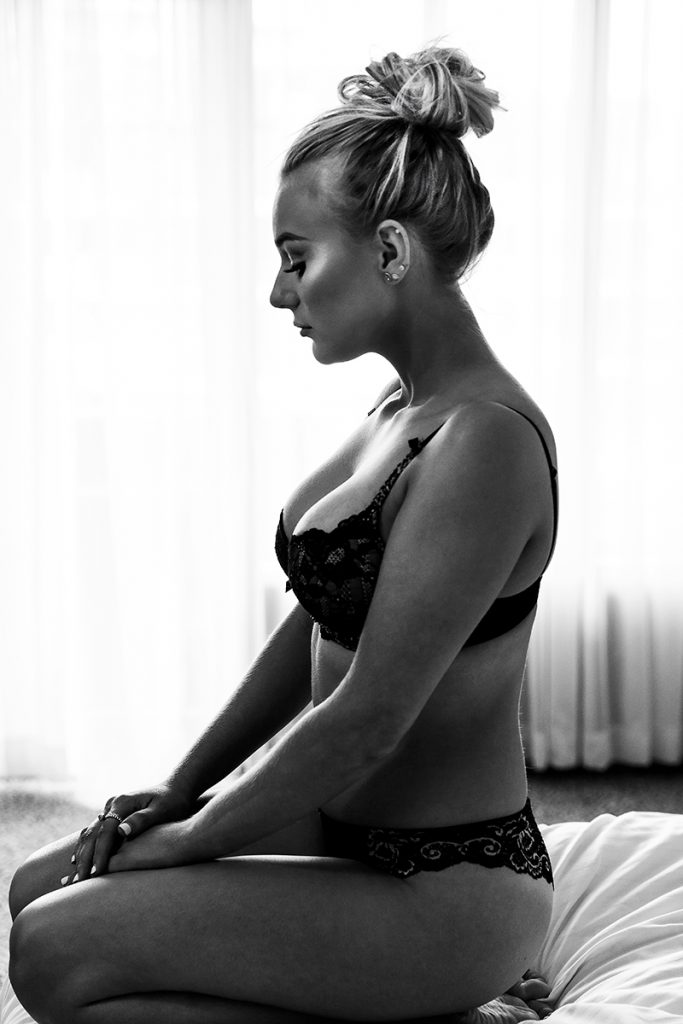The Newbie's Guide to Product Photography
If a image is worth a thousand words, a spectacular product photo deserves a thousand web site visits. Although I don't have information to back up that declaration (yet), product photography can be incredibly important to your ecommerce internet site strategy.
To reach your target audience members that favor purchasing online, you additionally require to offer your target market clear, distinctive images of your products.
However product photography isn't as straightforward as aiming as well as shooting. Even one of the most standard products require the right tools, illumination, and space to generate lovely images that market customers right from the purchase page.
6 Product Photography Tips ( as well as Examples) for Taking Pictures That Market
Here are the tips, examples, as well as materials you'll require to properly photograph as well as market your products in a way that makes your site visitors and prospects wish to transform.
1. Do not hesitate to utilize your smartphone's video camera.
This is the part my site where I'm intended to encourage you to invest in a premium, 50-megapixel (MP) electronic camera with a 100-millimeter screw-on lens. Yet I'm not mosting likely to do that.
If you already own a cam that fits this description, make use of it. But for lots of sorts of items, it's completely appropriate to fire product photos on a smart device.
More recent smart devices boast powerful electronic camera lenses and setups that allow you to maximize your shots for the various types of light as well as settings you might fire in.
If you need a lot more persuading, just have a look at Apple's Shot On An iPhone campaign as well as the pictures that have arised from it for many years such as this one:
2. Shoot from a tripod for photo uniformity.
Prior to explaining tripods, I'm obligated to begin with a cardinal policy: Don't prop your phone versus something sturdy to intend your lens toward the subject.
It's just too very easy for this makeshift setup to move about during the shoot and trigger inconsistencies in your images' look. If you rest your electronic camera on, state, a pile of publications, just be sure this arrangement doesn't change throughout the shoot.
There's no harm in holding your camera yourself when shooting simply a few product photos for your ecommerce web site. However as your business grows, and also you take more pictures of more products, it can be challenging to standardize the product's alignment in each photo when shooting portable.
To ensure uniformity across your products, you'll need a tripod. As well as luckily, buying one isn't always the big, industrial-sized investment it used to be.
Right here are 2 types of tripods to think about.
Conventional vs. Flexible
This is a tradition tripod-- there are conventional tripods offered for both cams and also smartphones.
A flexible tripod can be controlled in a variety of methods. You can flex its legs and also place it on different surfaces to obtain the angle you require.
Mobile Hold
There's commonly a screw on the top of your tripod which affixes to your cam to hold it in position. The bottom of many professional-grade cameras has a screw opening just for this purpose, however smart devices can make use of the following adapter:
The adapter holds the sides of your smart device and also can screw right into either sort of tripod, enabling you to run the electronic camera regulates with the phone screen encountering external and also toward you.
Once you establish which place you'll require, set it up before your product, as well as take into consideration putting 3 items of tape on the ground to mark where you wish to maintain each leg of your tripod over the course of the shoot.
3. Pick natural light or man-made light.
Never ever take too lightly how specific types of light can enhance (or hinder) your product photography. Remember, purchasers get the most effective consider an thing face to face, where they can see every little thing they need to before getting. The appropriate lighting setup assists you reveal those essential decision-making product attributes when all site visitors have to go on is a photo.
A single illumination setup might not benefit every product-- a illumination arrangement that benefits some items could weaken the look of others.
There are 2 sorts of light you can pick as your primary light: natural as well as man-made light.
All-natural Light
Natural light describes sunshine-- straightforward as that. It's also called "soft light" because the sunlight casts a larger, softer variety of light than, claim, a lamp shining straight on the product. Ecommerce product shots thrive in natural light if:
The product is shot outside or indicated to be used outside.
The product is utilized by, endured, or shot with a person ( individuals tend to look much better in natural light).
You're attempting to stress the product's environments, as opposed to particular qualities of the product.
Below's an example of a shot utilizing natural light:
Fabricated Light
Man-made light includes candle lights, fire, and also more generally, light bulbs. It's also referred to as " difficult light" since it creates a smaller sized yet much more concentrated light surface area. This type of light caters to items with physical information that need to be highlighted to impress an on the internet buyer.
As a basic guideline, adhere to simply one sort of light per photo-- all-natural or man-made. Adding all-natural light to an artificially lit photo can soften a product that's implied to festinate, as well as including synthetic light to a naturally lit photo can hone a product that's meant to look soft. You don't intend to enter your own means.

4. Fill up or jump your light to soften darkness.
Whether you make use of natural light or artificial light, you'll require to reduce the darkness that any type of potential tough light casts on the contrary end of a product.
There are three ways to do this:
Fill Light

Consist of an additional, less-intense light source to supplement your main light. This extra light is called your fill light and is used as a counterbalance to soften the natural shadow your primary light creates behind an object.
To do this, put your fill light contrary your primary light so your product rests in between both lights.
Flashbulb Bounce Card
A bounce card, or reflector card, is a little card that " shows" or "bounces" the main light back onto the surface below your product to reduce darkness.
Some bounce cards affix to the flashbulb of a specialist cam lens to diffuse the light from the electronic camera's flash. This card sprinkles a softer light onto the subject from above your collection-- instead of straight at it-- so you do not have lengthy shadows trail behind the item you're shooting.
Standalone Bounce Card
If you're firing from a mobile phone, a flashbulb bounce card isn't an alternative, considering that you don't have a physical flash you can attach it to. Rather, make your own standalone bounce card positioned contrary your main light.
For newbies to product photography, this bounce card can effectively replace your fill light, which counters the difficult light from the electronic camera flash or lamp that's encountering toward the front of your product.
5. Utilize a move or portrait mode to emphasize the product.
There isn't one right means to position your product, lights, as well as jump cards-- they can change dramatically depending on your background. However do not select a history based upon what's simplest to develop. Histories should appear like how you desire your buyers to view your product when viewing it online.
Take into consideration initially whether you would certainly like a white background or a extra vibrant, real-world background. There's an very easy method to achieve each one.
White History: Move
For white backgrounds, it's not as straightforward as setting up a table against white drywall. Also mobile phone electronic cameras can grab little blemishes on a white wall that you wouldn't discover with the nude eye. To catch a ideal white history without any edges or blemishes, make use of a move.
A move is a big flexible sheet of paper, whose bottom acts as the surface area below your product and afterwards curves up into a white wall behind the product.
On video camera, the sweep's contour is invisible, emphasizing crucial product details and enabling the thing to possess all of a website site visitor's interest.
Real-World Background: Picture Mode
Dynamic, real-world backgrounds are very attractive when capturing products that have a certain usage or are being modeled by a individual-- as you saw aware of the brief-case earlier in this guide.
But, it's very easy for a real-world background to swipe the focus of the photo, making it vague which item in the photo you're really marketing.
Provide your product depth as well as focus with portrait mode, a photo setting on the majority of expert cams, as well as also available on several brand-new smartphones. This setting blurs the history so the context of the product is clear however not completing against the product itself.
Below is a super amazing photo of a HubSpot pen absorbed portrait mode on a Google Pixel 2 (I took this image myself). You can tell the pen rests on a workdesk with a computer system behind it, but the pen is still the prime focus for audiences:
6. Shoot a variety of images.
My last ecommerce photography suggestion to you is to not quit at one photo per product. Equally as your consumers look, hold, utilize, and also also try out goods in a store, your website ought to fire a selection of photos to simulate this extremely experience.
If you're firing clothes, for instance, catch the garment of apparel alone-- that is, expanded on a white surface area-- along with on a mannequin whose shade contrasts the shade of the product.
Then, for added pictures, have the clothes modeled on a person, permitting you to take images of the product from the person's different poses and angles.
Product Photography Set-Up
Next, allow's summarize what we simply got-- below's a listing of fast product photography set-up pointers that you can describe and also share on your team:
• Select a electronic camera-- whether that suggests utilizing your smartphone.

• Obtain a tripod that benefits your cam of selection.
• Select all-natural or synthetic lights-- think of which alternative is best for your product as well as setting.
• Determine whether you'll fill up or bounce light.
• Select sweep or picture mode.
• Take a number of various images to supply your visitors variety.
Begin With Your Product Photography
Don't feel required to invest in every pointer as well as tool at once. Apply these product photography pointers gradually to see what makes your store look the most presentable, as well as transform your method as your photography chops improve.